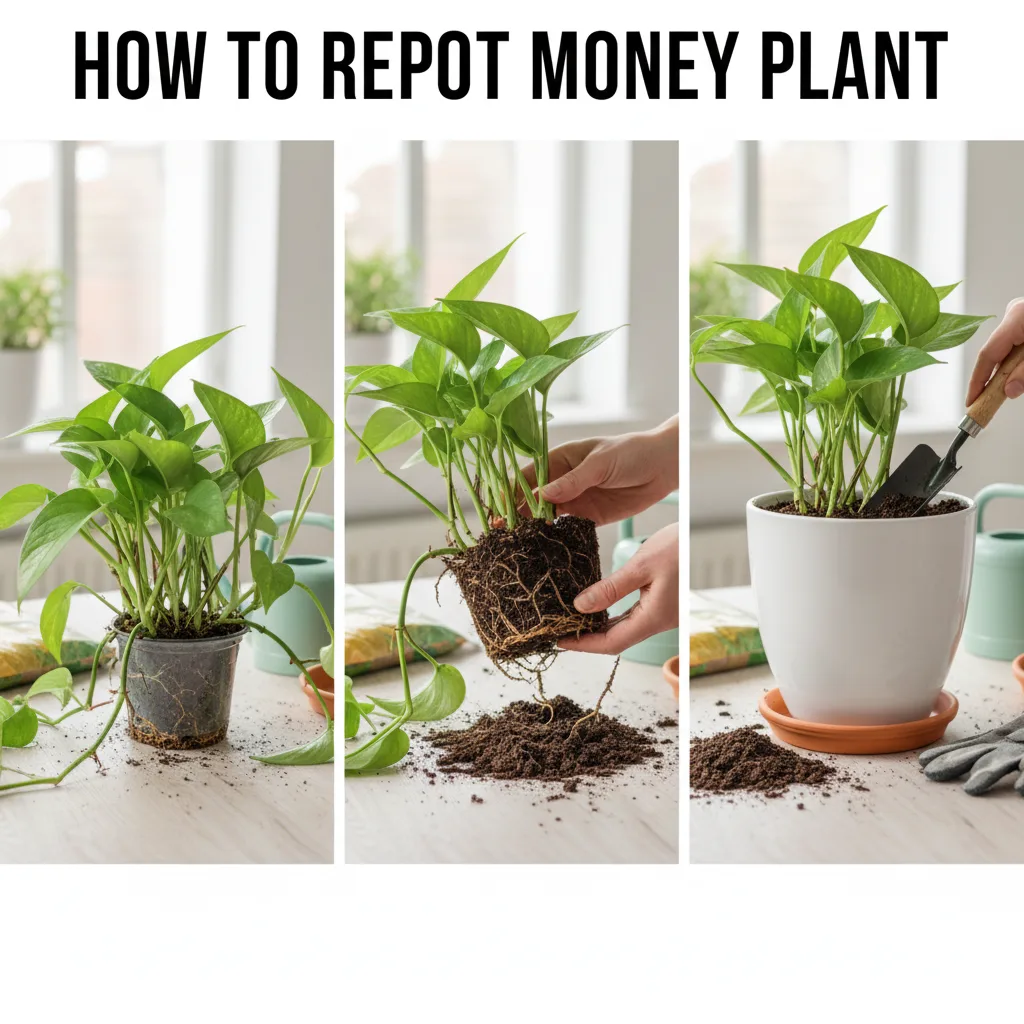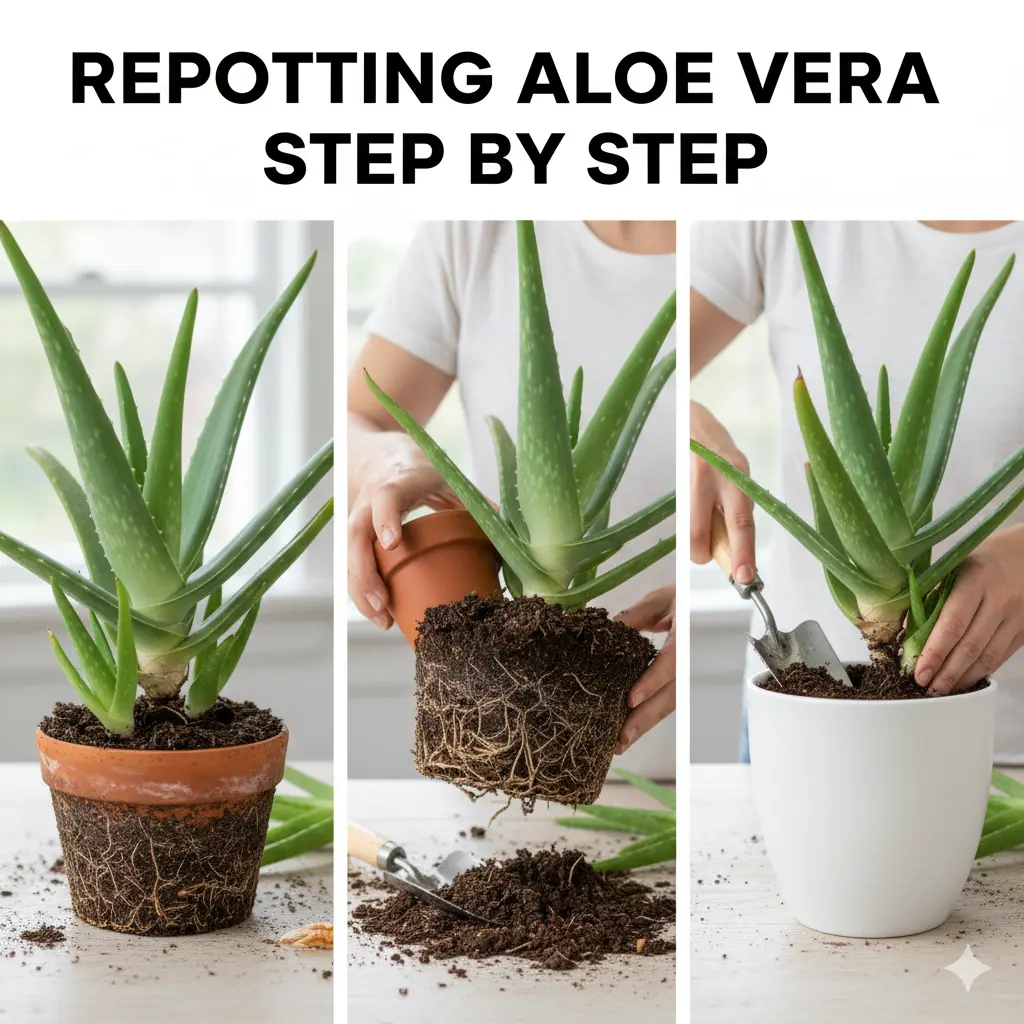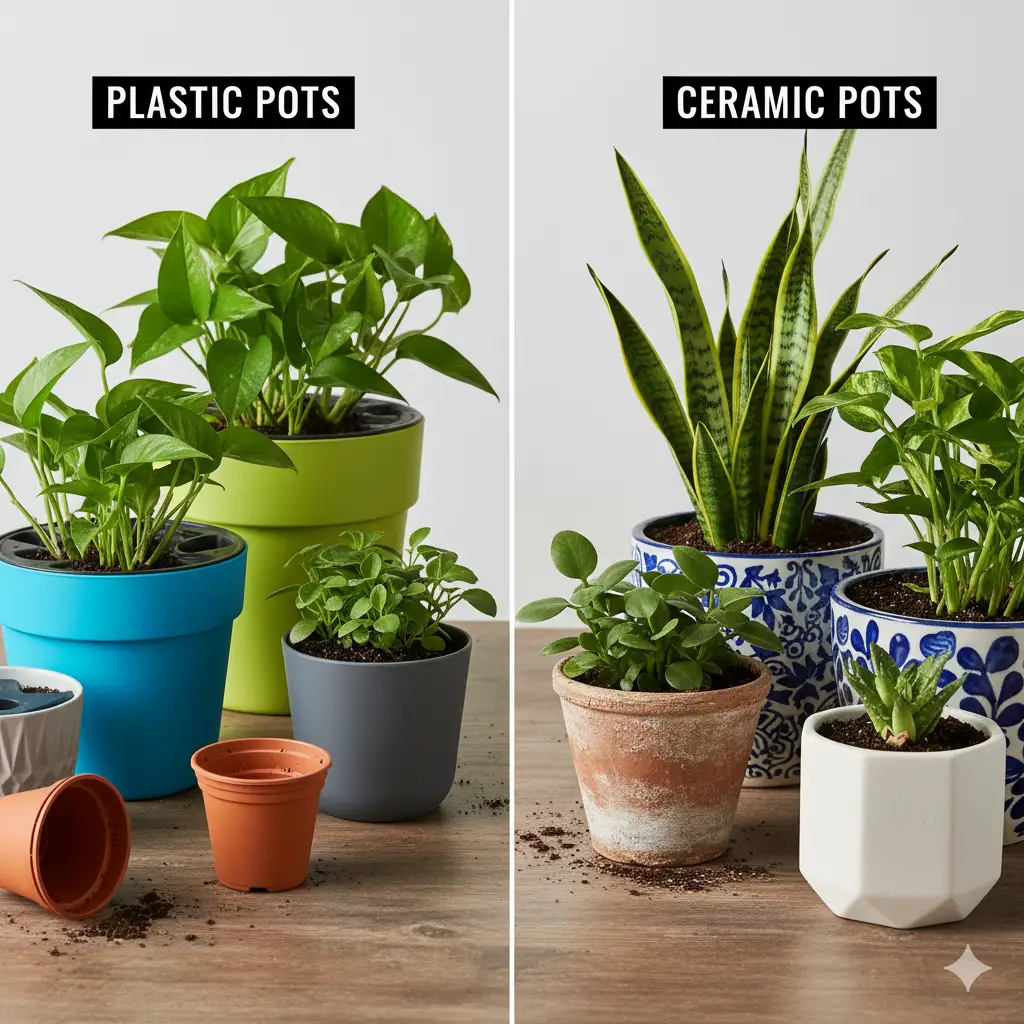How to Repot Money Plant: A Complete Step-by-Step Guide for Beginners
Learn how to repot a money plant correctly with this beginner-friendly guide. Includes signs your money plant needs repotting, best soil mix, pot size, and aftercare tips for fast growth.

How to Repot Money Plant: A Complete Step-by-Step Guide for Beginners
The money plant is one of the easiest and most loved indoor plants in India. Whether you keep it in soil, water, or a hanging pot, this plant can grow quickly and beautifully with the right care. But one thing many beginners forget is that money plants also need timely repotting. When roots outgrow the pot, growth slows down and leaves start looking weak. That is when repotting becomes essential.
In this detailed guide, you will learn exactly how to repot a money plant, when to do it, which soil mix to use, how to select the right pot, and the complete aftercare to help it grow faster.
Why Repotting Money Plant Is Important
Repotting is not just shifting the plant from one pot to another. It helps improve oxygen availability, refresh the soil nutrients, reduce root stress, and encourage new growth. Over time, potting soil becomes compact and roots start suffocating. Fresh soil helps the plant breathe again and absorb nutrients better.
Signs Your Money Plant Needs Repotting
If you notice any of these signs, your money plant is ready for a new pot:
- Roots coming out of the bottom drainage hole
- Soil drying too fast even after regular watering
- Leaves becoming smaller or pale
- Plant growing very slowly
- Soil turning hard, compact, or moldy
- Roots circling the pot surface when you check the soil
Ideally, repot your money plant once every 12 to 16 months for healthy growth.
Best Time to Repot Money Plant
The ideal seasons for repotting money plant are:
- Spring (February to April)
- Early Monsoon (June to July)
During these months, the plant is in active growth mode and recovers quickly from transplant shock.
Materials You Need for Repotting
Before you begin, gather the following:
- A slightly bigger pot (1 to 2 inches larger)
- Fresh potting soil
- Cocopeat or peat moss
- Perlite or sand for drainage
- Gardening gloves
- Watering can
Best Pot for Repotting Money Plant
You can repot a money plant in plastic, ceramic, or terracotta pots. Here is a quick comparison:
- Plastic pots: Lightweight, budget-friendly, retains moisture for longer
- Ceramic pots: Stable, looks premium, but heavy
- Terracotta pots: Excellent breathability but dries faster
For Indian weather, plastic or ceramic pots are good options for beginners. Always choose a pot with proper drainage holes.
Best Soil Mix for Money Plant
Money plant grows best in a loose, well-draining soil mix. Use this recommended soil mix for faster growth:
- 40% garden soil or premium potting mix
- 30% cocopeat for moisture retention
- 20% perlite or river sand for drainage
- 10% organic compost
This soil blend ensures the roots get enough air circulation and prevents over-watering problems.
How to Repot Money Plant: Step-by-Step Instructions
Step 1: Water the Plant a Day Before
Watering a day earlier makes the soil soft, preventing root damage while removing the plant from the pot.
Step 2: Loosen the Soil and Remove the Plant
Hold the plant base gently and tap the pot. Slowly ease the plant out. Avoid pulling the stems, as money plant vines are delicate.
Step 3: Check the Roots
Look for signs like rotten, mushy, or black roots. Trim these gently using sterilized scissors. Healthy roots should be white or light brown.
Step 4: Prepare the New Pot
Add a layer of stones or broken pot pieces at the bottom to improve drainage. Then add some fresh soil mix.
Step 5: Place the Plant in the Center
Hold the root ball at the center of the pot and fill fresh soil around it. Do not bury the plant too deep. Leave at least 1 inch space from top for watering.
Step 6: Lightly Press the Soil
Press the soil gently but do not compact it too much. Roots need air to grow.
Step 7: Water the Plant Lightly
After repotting, water just enough to settle the soil. Avoid overwatering, as roots are sensitive after transplanting.
Aftercare Tips for Repotted Money Plant
1. Keep in Bright, Indirect Light
Do not expose your freshly repotted plant to direct sun for at least 7 days. Keep it in bright indoor light or near a window.
2. Water Carefully
Only water when the top layer feels dry. Overwatering immediately after repotting can cause root rot.
3. Do Not Add Fertilizer for 25 to 30 Days
The plant is already adjusting to new soil. Start feeding organic fertilizer after one month.
4. Support the Vines if Needed
If vines look weak due to repotting shock, temporarily support them with a stick or wall hook.
5. Maintain Stable Temperature
Avoid placing the plant in air-conditioned rooms or areas with sudden temperature changes.
6. Trim Old or Yellow Leaves
This helps the plant focus energy on new growth.
Common Mistakes to Avoid When Repotting Money Plant
- Using a pot that is too big (causes waterlogging)
- Using poor drainage soil
- Overwatering immediately after repotting
- Placing in harsh sunlight
- Burying the stem too deep in the soil
Low Competition Long-Tail Keywords Used Naturally
- how to repot money plant at home
- best soil mix for repotting money plant
- when to repot money plant in india
- how to repot money plant without killing it
- money plant repotting mistakes to avoid
- step by step guide to repot money plant
Conclusion
Repotting a money plant is simple once you understand what the plant needs. A slightly bigger pot, the right soil mix, careful watering, and protection from direct sunlight during the recovery period are the keys to healthy growth. Whether you grow your money plant indoors or outdoors, repotting once every year ensures faster growth, bigger leaves, and a stronger root system.
If you want, you can share your money plant photo and I can tell you whether it needs repotting or not, along with the best pot size for your specific plant.




